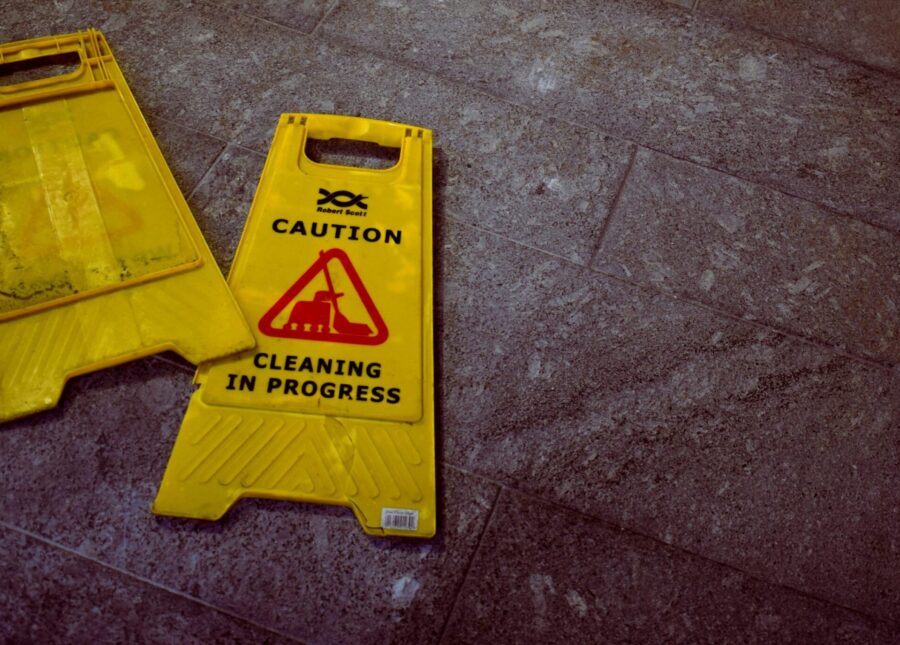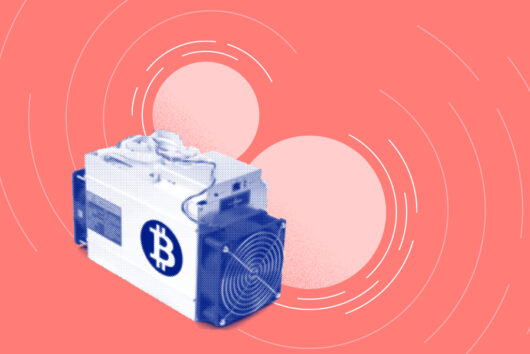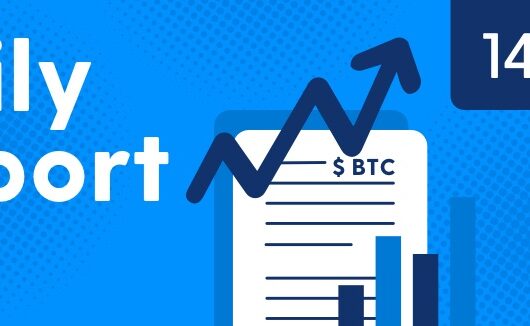Weekend Recap: Why China is quarantining their cash

Start your week off with an insight into how Bakkt could increase consumer adoption for digital currencies, what affect the Bitcoin halving could have on miners, how emerging markets are poised to snap up CBDCs, and more.
Emerging markets open arms to CBDCs
Banks in emerging markets are reportedly mobilising to issue government-sponsored CBDCs (central bank digital currencies) before their established economy counterparts, according to a recent BIS (Bank of International Settlements) survey.
In the survey, 10% of 66 banks questioned, representing 75% of the world’s population and 90% of economic output, reported they would issue the first general-purpose CBDCs in the next three years. This represents 20% of the world’ population.
Himanshu Yadaz, co-founder and managing partner of Woodstock Fund, a multi-asset investment fund said: “As CBDCs are rolled out, more and more people will want to understand what a digital currency is. Some will ignore them, and some will explore them further, leading to a net positive gain in the cryptocurrency ecosystem. Developers will build tools that will allow for seamless exchange between CBDCs and cryptocurrencies, and the race for digital currency supremacy will take centre stage in this decade.”
CBDCs could address many inefficiencies inherent in emerging economies’ financial systems, like slow settlement times, a lack of financial inclusion, and financial safety. Commentators have speculated that the increase in CBDC infiltration and usage could also bolster mass adoption for Bitcoin and other cryptocurrencies as more people become familiar with digital cash, blockchain technology and other associated technologies.
Dr Wulf Kaal, professor of law at the University of St. Thomas School of Law noted: “Bitcoin benefits from the increasing adoption of CBDC, as it will be considered as a staple and default investment in digital assets. The degree of benefit for Bitcoin, again, depends on the ability to convert CBDC into bitcoin and vice versa.”
Bakkt consumer app could increase consumer adoption
It’s looking likely that Bakkt’s highly-anticipated consumer app will launch in the first half of 2020. The Bakkt app has partnerships with major retailers including Starbucks, which could help drive crypto adoption through seamless instant crypto payment solutions in a retail environment. The ability to instantly exchange between a wide variety of digital assets, including crypto, rewards points, stocks, and fiat could enable users to familiarise themselves with a different type of asset management.
While details about the app are limited, Bakkt CEO Adam White hinted at the World Economic Forum in Davos that the app will look more like PayPal than a BTC wallet, in line with gearing the app toward everyday consumers, not necessarily those with technical know-how.
There’s much speculation regarding the app and its supposed features, but only time will tell until we can separate hype from legitimacy.
Bitcoin halving: doubling costs for miners?
Crypto-focused research company, TradeBlock has estimated that the cost of mining a single Bitcoin could almost double from $6,851 to $12,525 following the halving in May. This is because miners will have to run twice the number of computations with a corresponding increase in electricity usage in order to get the same amount of Bitcoin (block reward) they’re getting now.
If market prices don’t rise above the current $9,810, the upcoming halving could turn the crypto mining industry’s profitability south. The halving was initially programmed as a contingency to mitigate inflationary risk, but Bitcoin’s commodity-like market cycles could leave miners feeling the brunt of the burn.
TradeBlock’s estimated post-halving cost of $12,525 assumes the network’s current hash rate remains at its current level. In addition, it also assumes an electricity price of $0.6 per kilowatt/hour. The report surmises any older generation mining rigs will become uneconomical after the halving.
John Todaro, TradeBlock’s director of digital currency research said in a phone interview: “It’s very helpful to know what the miners are thinking, what the miners are doing,” Todaro said in a phone interview. “There might be some miners that are profitable at those levels, but not a lot of miners are going to be operating at a loss, and they might take their rigs offline.”
Coronavirus: Quarantined cash
The People’s Bank of China announced it’s taken a number of steps to fight the spread of COVID19, the coronavirus infecting the country and other parts of the world. In a press conference over the weekend, commercial banks were ordered to remove used banknotes from circulation and disinfect them.
The disinfected cash will also remain in quarantine for a period of one to two weeks before being reintroduced to the public. The length of time in quarantine is dependent on different regions within the country, according to the level of infection therein. The Guangzhou branch of the People’s Bank of China claimed on Saturday that all banknotes from hospitals and public transport stations will be destroyed.
Deputy governor of the Chinese central bank said on Saturday that commercial banks have been instructed to give out new banknotes to clients instead of old ones, if possible. To accommodate this hefty surge in “new money”, the People’s Bank of China made an “emergency issuance” of 4 billion RMB in new notes to the most severely affected region, Huobi province.
Crypto Twitter hasn’t held back pointing out this kind of issue wouldn’t exist with Bitcoin.
#bitcoin fixes this https://t.co/5APPmN9exm
— Nick (@btconometrics) February 17, 2020
China’s central bank has just announced a quarantine on used bank notes to contain the spread of the #CoronaVirus! ?
This is just one of the many reasons why digital currency is needed! BTC doesn’t spread deadly viruses, it spreads freedom! ???
Buy #Bitcoin, Bye Banks! pic.twitter.com/Kqc54UzCge
— Mr. Whale ? (@CryptoWhale) February 16, 2020
 Discover
Discover Help Centre
Help Centre Status
Status Company
Company Careers
Careers Press
Press


